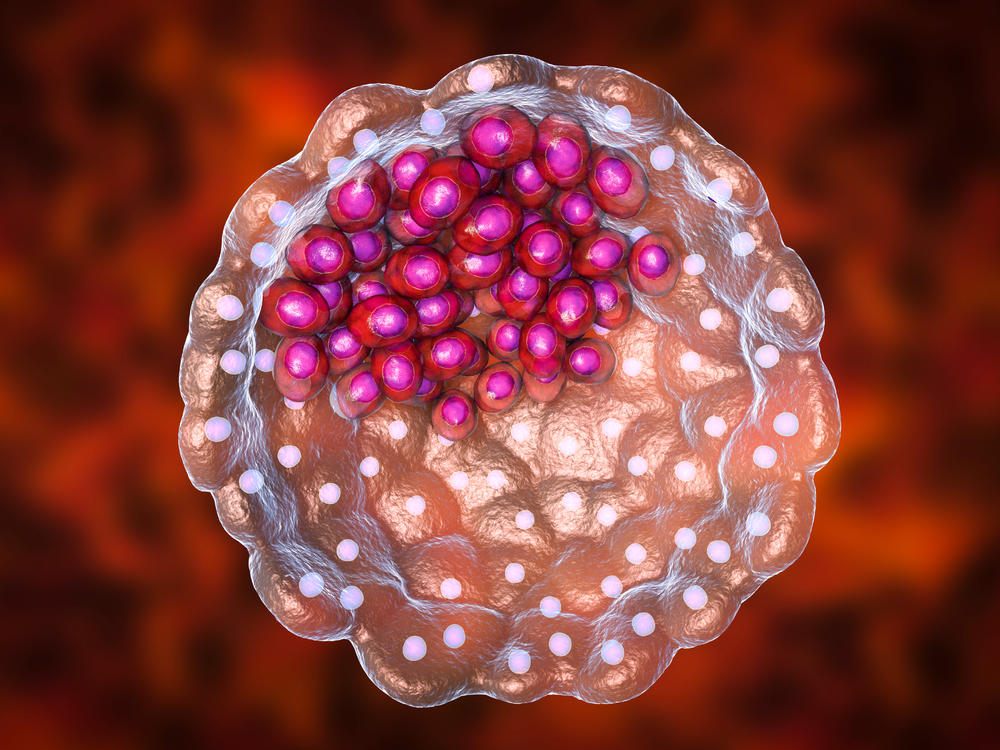Section Branding
Header Content
In light of the Alabama court ruling, a look at the science of IVF
Primary Content
Since the first successful in vitro fertilization pregnancy and live birth in 1978, nearly half a million babies have been born using IVF in the United States. Since the first successful in vitro fertilization pregnancy and live birth in 1978, nearly half a million babies have been born using IVF in the United States. Reproductive endocrinologist Amanda Adeleye explains the science behind IVF, the barriers to accessing it and her concerns about fertility treatment in the post-Roe landscape.
For more on IVF success rates, check out the Society for Assisted Reproductive Technology's database.
Questions or ideas for a future episode of Short Wave? Email us at shortwave@npr.org — we'd love to hear from you!
Listen to Short Wave on Spotify, Apple Podcasts and Google Podcasts.
Listen to every episode of Short Wave sponsor-free and support our work at NPR by signing up for Short Wave+ at plus.npr.org/shortwave.
This episode was produced by Berly McCoy and Rebecca Ramirez. It was edited by Brit Hanson and Rebecca Ramirez. Brit checked the facts. The audio engineer was Josh Newell.

